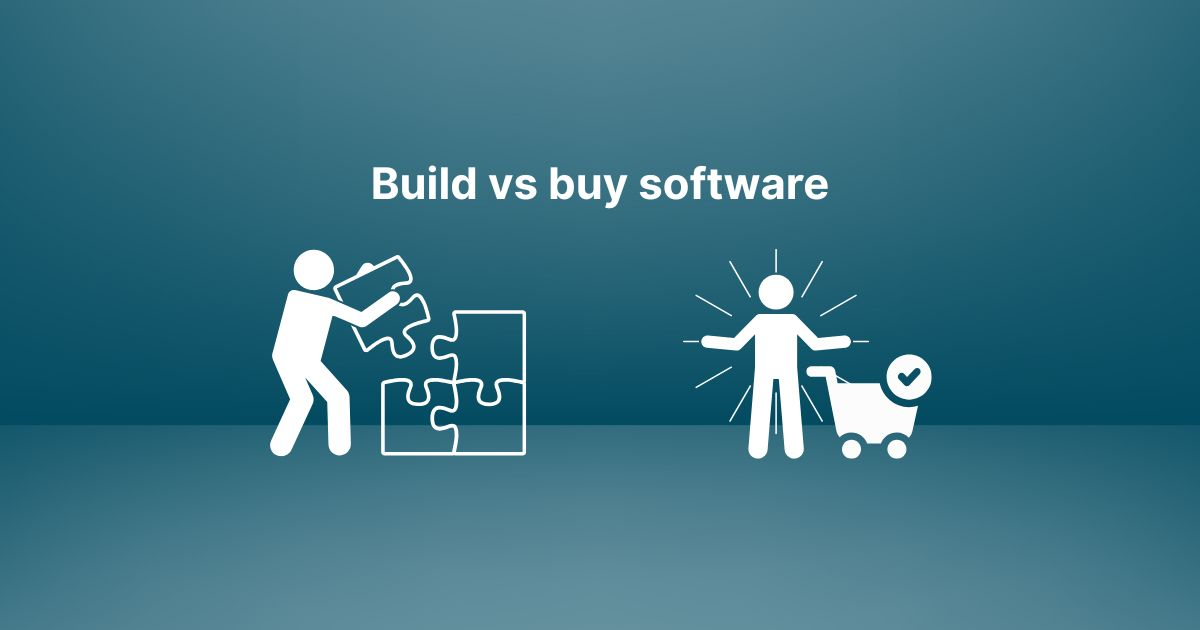How startups can scale software development without hiring full time

Early-stage teams move quickly. Developers push code the same day they write it. Everyone is close to the product. Releases are fast, testing is light, and collaboration happens naturally.
But as the product grows, that rhythm fades. Releases slow down. Testing becomes a bottleneck. Pull requests get larger and harder to manage. Communication breaks down. And while the work increases, the output slows.
This is not a talent issue or a hiring gap. It is a process problem and it can be fixed without growing your team.
Unlocking faster releases with feature flags
Feature flags give your team the ability to deploy code without launching it. By separating code release from user exposure, teams gain flexibility and reduce launch risk.
Instead of waiting for an entire feature to be ready, engineers can merge in-progress code behind a flag, test it in production environments, and activate it when the timing is right.
Benefits of feature flags:
- Push updates without delays
- Reduce last-minute blockers
- Instantly turn off problematic features
Most modern frameworks like Laravel, Rails, and React support feature flags out of the box, making implementation simple and low-effort.
Improving delivery through smaller pull requests
Large pull requests create risk and slow the team down. They are harder to review, increase the chance of errors, and block faster iteration.
Smaller, focused pull requests allow developers to get feedback quickly and merge changes without friction.
Why small PRs work:
- Easier to test and review
- Fewer bugs introduced
- Faster collaboration across the team
Teams that commit regularly and work in small increments consistently deliver higher-quality software at a faster pace.
The value of early automated testing
Manual QA breaks under pressure. As soon as multiple developers are pushing features weekly, the risk of missed bugs rises sharply.
Automated testing provides confidence. Even basic test coverage applied to core user flows like login, billing, or onboarding can significantly reduce incidents.
You don’t need full coverage. You just need safety on what matters most.
Case study: A SaaS team in Leeds
A growing SaaS team was struggling with monthly releases. Each update was late. Bugs reached users. Engineers were stretched. Hiring felt like the only path forward.
Instead, we helped them adjust their process:
- Introduced feature flags
- Automated core test flows
- Encouraged small, consistent pull requests
Results after one quarter:
- Weekly releases became the new normal
- Bug reports dropped by 65 percent
- No additional hiring was needed
The team felt in control again without adding headcount.
When short-term support makes more sense
Sometimes you need help, but not full-time. Short bursts of support can unlock major progress when used strategically.
One founder brought in three experienced developers to support a product launch during a funding sprint. Because their internal team had structure in place, the contractors were productive from day one.
Two major features went live within six weeks, and the team returned to normal size once the work was complete.
For projects like internal tools, payment integrations, or redesigns, experienced freelance developers can deliver results quickly as long as you give them access, clear expectations, and a short handoff plan.
Structuring your codebase for scale
You do not need to adopt microservices to move faster. A clean, well-organised monolith can support fast development and easy scaling.
Structure your code by function. For example:
/resources /auth /subscriptions /billing
This keeps things simple and helps:
- Developers focus on specific domains
- Tests remain small and relevant
- Onboarding stays quick for new team members
Complexity is not a requirement for scale. Clarity is.
Lightweight processes that keep teams moving
More contributors mean more coordination. But that does not mean adding heavy processes. The fastest teams build a lightweight structure that enables delivery.
Foundational process habits:
- Write a one-page release plan
- Use templates for staging, error logs, and testing
- Get every new developer contributing to production within five days
Stripe Atlas has shown that faster onboarding leads to faster delivery. A lightweight process gives structure without slowing things down.
The future of lean engineering for startups
The path to faster software development is changing. Startups no longer need to scale headcount to scale output. The focus is shifting toward better habits, leaner processes, and smarter tooling.
Teams that adopt feature flags, work in smaller increments, and automate testing early are setting a new standard for velocity. Rather than waiting to hire, they optimise how their current team works and move faster as a result.
In the years ahead, this approach will define high-performing startups. Fast teams will not be the ones with the largest engineering departments. They will be the ones who move with clarity, coordination, and confidence.
At Aecor Digital, we help early-stage companies build the systems they need to work better with the team they already have. If your product team is starting to feel the pressure of growth, now is the time to take a new approach, one that prioritises speed without sacrificing sanity.
Ready to accelerate your team without adding headcount?
Let’s talk. No sales pitch. Just an honest conversation about how to help your team move faster and build better.
Related insights
What our clients say













